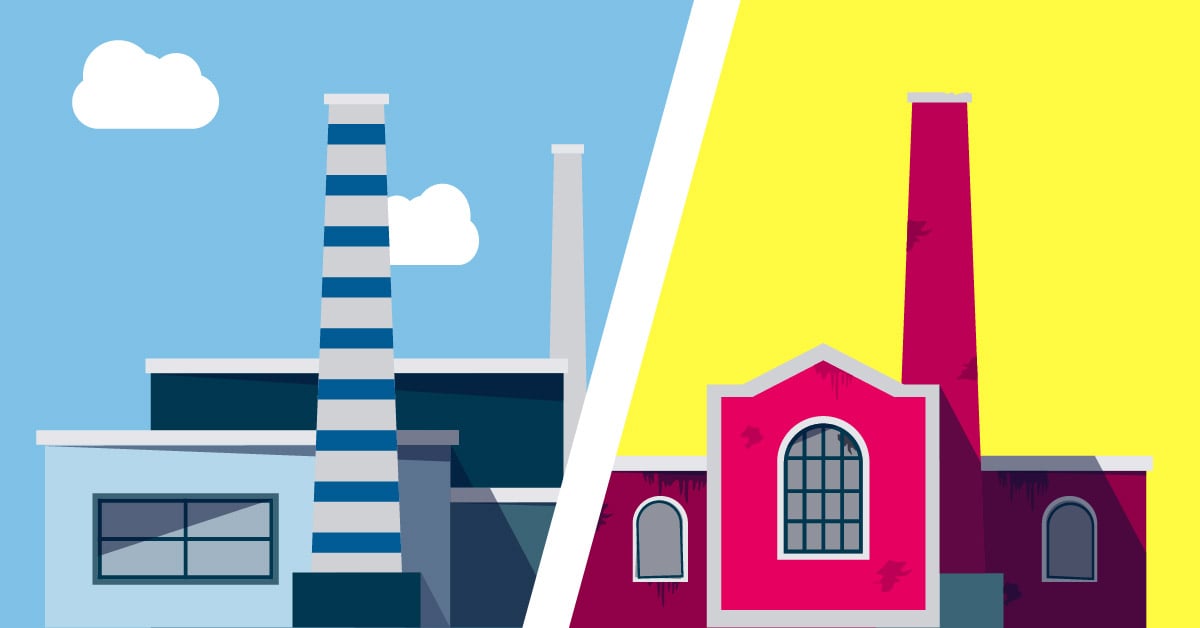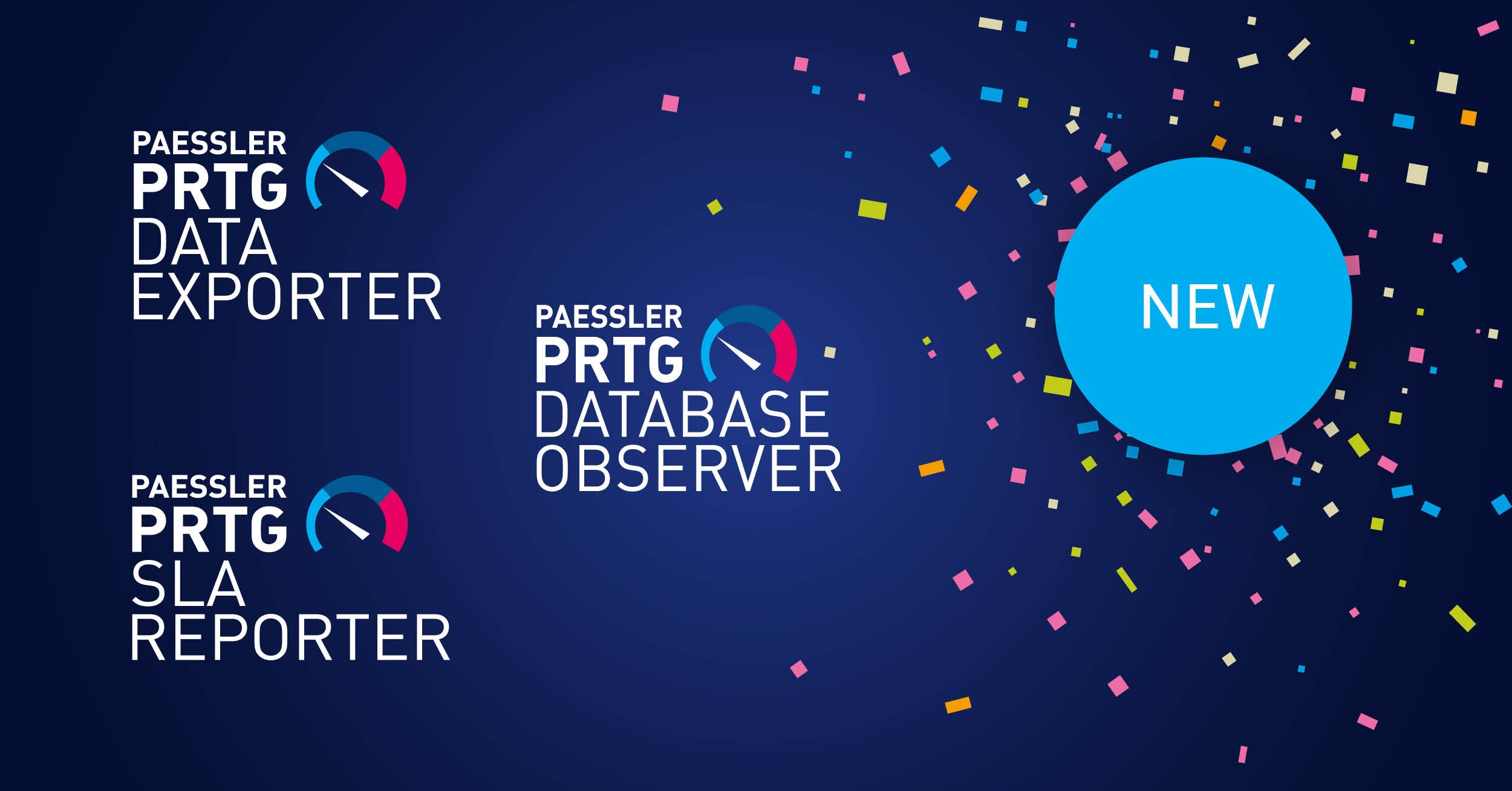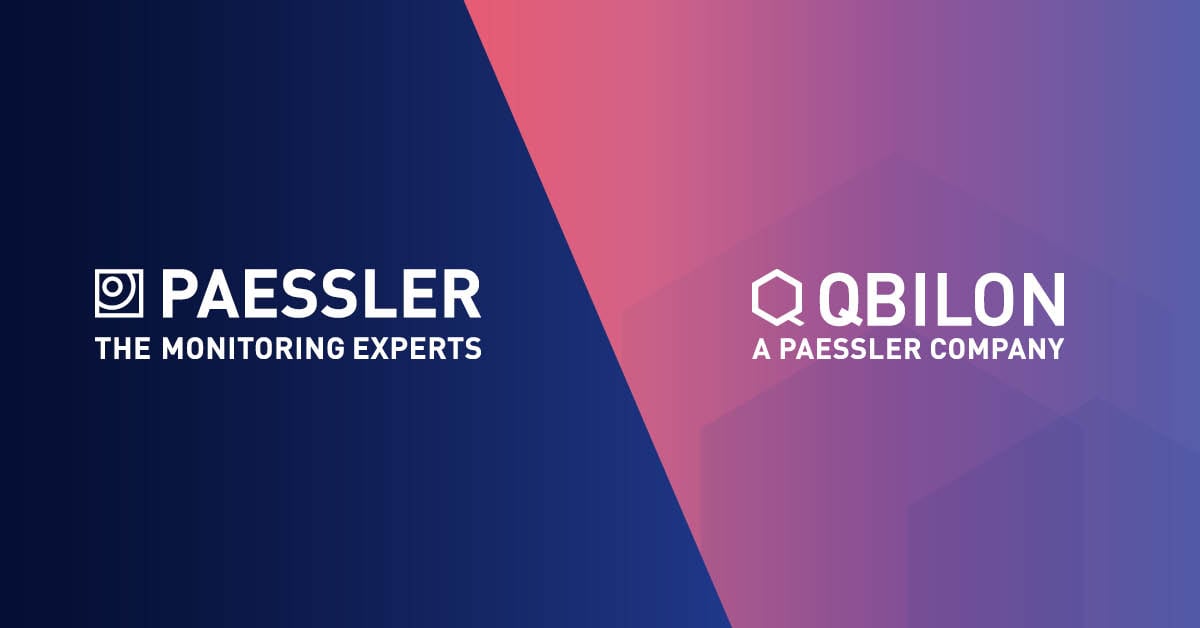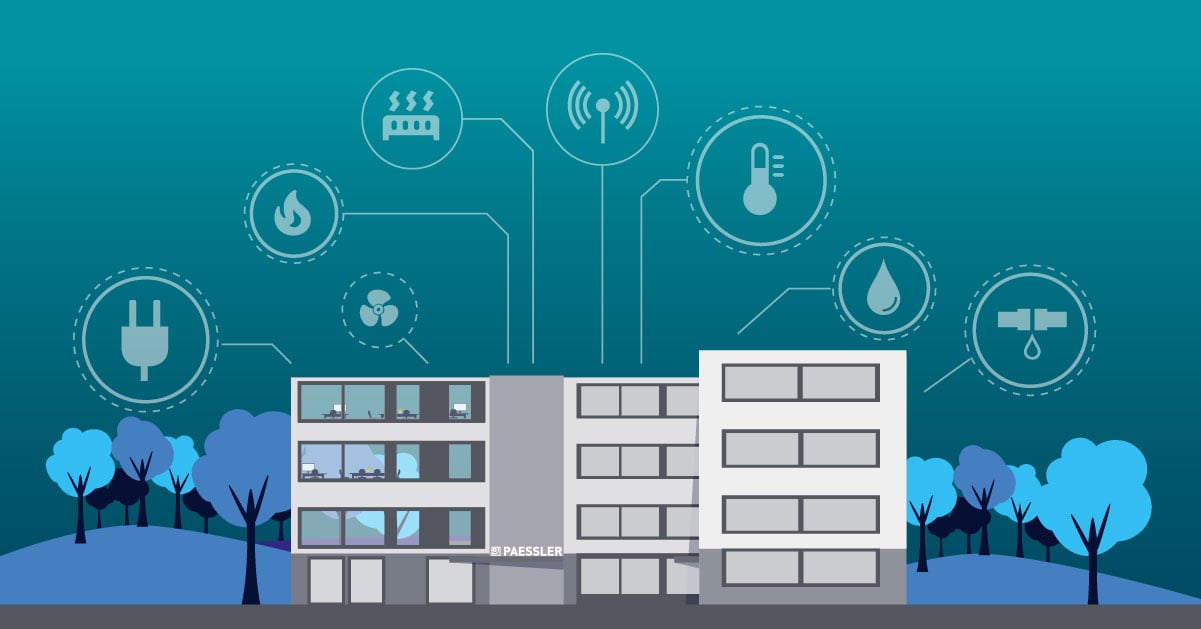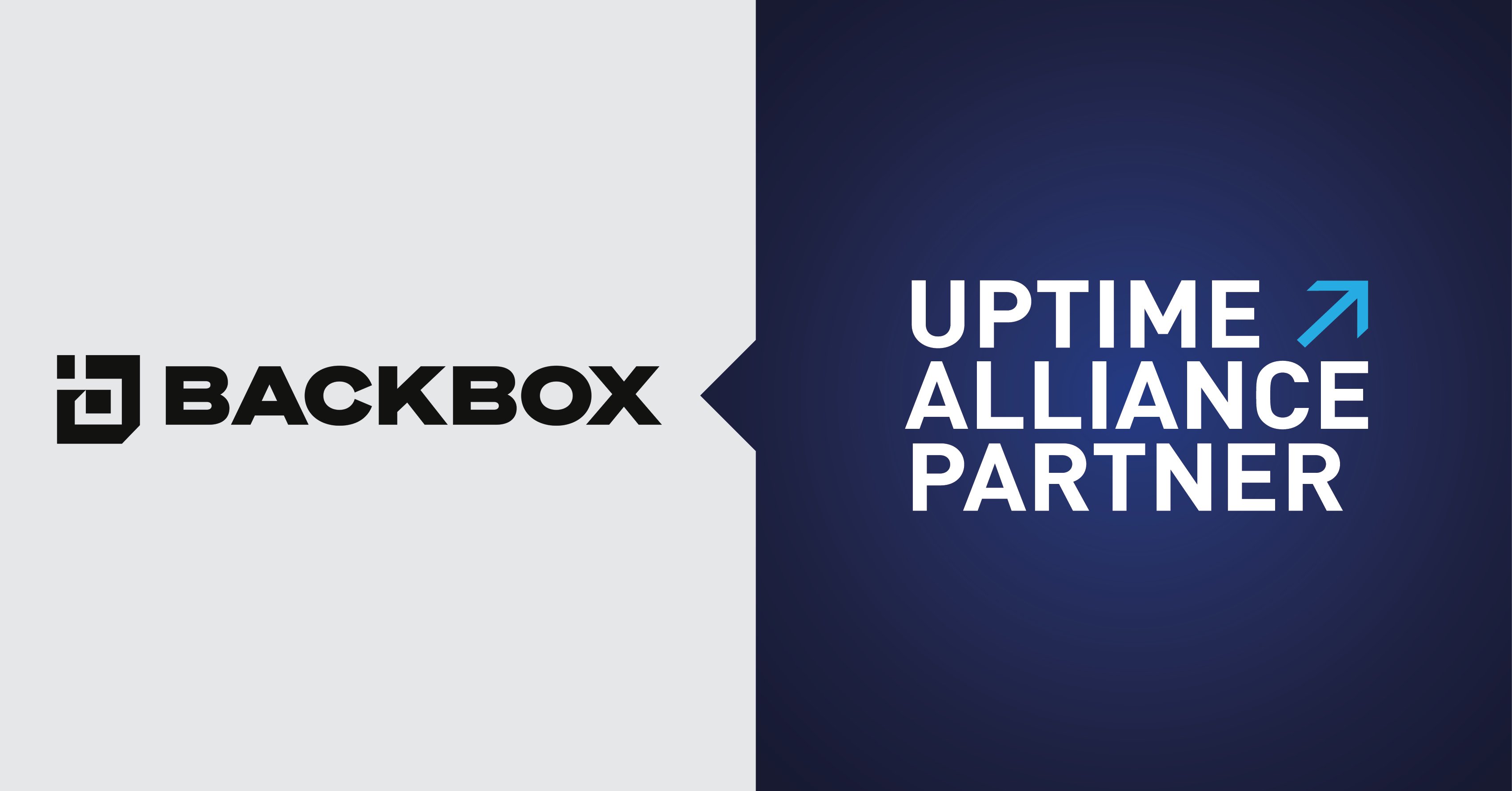Turning old into new: Optimization of brownfield plants
 Originally published on October 14, 2020 by Patrick Gebhardt
Originally published on October 14, 2020 by Patrick Gebhardt
Last updated on January 23, 2024
•
8 minute read
The production environment continues to prepare for a digital, more efficient future. In this sector, digitization or digitalization are often paraphrased with the somewhat cryptic, but ultimately meaningful terms greenfield and brownfield. While a greenfield industrial plant is built on a "greenfield site", completely new and according to specific ideas, a brownfield scenario is one where an existing plant is being digitally modernized. It is obvious that brownfield (or retrofitting - the two terms are often used interchangeably) is the much more attractive choice for most existing plants. This article is part 1/2 of a short series on the topic of retrofitting.
Operational efficiency
In many production facilities, machines and systems have long worked autonomously, offline, and without any other connection to a higher-level system. The interface landscape in a typical production hall is as heterogeneous as the machinery. To get the necessary overview, a lot of manual work is required: Data must be read, recorded and finally recorded individually. This is not only time-consuming, but also error-prone and inefficient. Yet in many cases, it is quite easy to push ahead with the digitalization of systems in a reasonable way, and to extract important data from older machines in order to further optimize processes; at the end of the day this is all about operational efficiency.
The average planned duration of use of factory equipment is at least 15 to 20 years. The profitability of a plant requires this duration and it is logical that a complete renewal within this period is often impossible for economic reasons. However, in order to keep pace with digital transformation, it is necessary to modernize in the direction of current possibilities.
Retrofitting without intervention in the PLC control
When it comes to digitizing systems for the first time, many are surprised about the actual possibilities.
Retrofitted sensors can not only measure physical quantities such as temperature, pressure or power consumption, but the measured values are also read out (for example in the form of an IoT gateway - more on this below) and stored. This means that no intervention in the rather sensitive PLC control of the machine is necessary. The data obtained can then be visualized and analyzed by a monitoring solution via the network and, if necessary, merged with other production data. Once data from each machine is available, key production figures and the degree of utilization can be determined.
Intelligent IIoT gateways and condition monitoring
In principle, retrofitting is possible for every system and every machine, regardless of its age. Manufacturers regularly bring new retrofitting solutions onto the market, and a lot can be achieved even in the current state by working with flexible IIoT gateways. With a suitable gateway, even older systems can be integrated into modern automated processes without having to fundamentally change the existing control hardware. Concrete objectives can be presented in a threefold structure:
- 👉 Condition monitoring aims to increase the availability of components, machines and entire plants.
- 👉 Predictive maintenance uses data analytics to forecast the probability of failure of entire plants, individual machines or components on the basis of collected data.
- 👉 Based on the above two levels, Prescriptive Maintenance eventually provides each operator with information about the exact steps to be taken to ensure no failure occurs.
With PRTG Network Monitor we offer solutions that enable the inclusion of IoT scenarios beyond standard IT monitoring through a documented API and support for various protocols such as MQTT or JSON. However, many machines do not yet support IT-compatible protocols, but still communicate via legacy fieldbus protocols. This is where the intelligent gateways like the ones from INSYS icom come into play: Different devices and protocols are currently in use, such as Siemens S7/ S5, Siemens Logo, or Modbus RTU.
Via the INSYS icom gateways plus the Node-RED PRTG Network Monitoring Edition container, PRTG retrieves data from the production floor which otherwise would not be accessible via IT protocols. The intelligent gateways allow PRTG to access the data of many machines and controllers via MQTT or the PRTG Node-RED Connector. Production and IT can thus be combined in one solution and in one dashboard.
An investment with proven ROI
Retrofitting means more than just replacing some old system components. In most cases, the whole plant system along with the connected sensors and measuring instruments are getting modernized. The digitization of plants, for example with machine-readable sensors and corresponding digital measurement technology, is a step that pays for itself within a few years despite all the costs.
As shown above, retrofitting is used for predictive maintenance, or, in other words, repair measures that can be carried out within a large system practically ahead of time. This is less expensive than downtime and laborious troubleshooting within the plant.
Retrofitting allows comprehensive reports and monitoring measures to be defined swiftly so that workers can obtain the data relevant to them at any time; this is a catalyst for more efficient interaction. In addition, it is easy to compare newer and (not yet) digitized processes and identify potential for improvement.
Despite the fact that costs are also incurred in brownfield scenarios, it can be clearly seen that the subsequent digitization of systems and machines pays for itself within a few years. If you would like to receive concrete, meaningful figures on your ROI for your specific area, please contact us.
